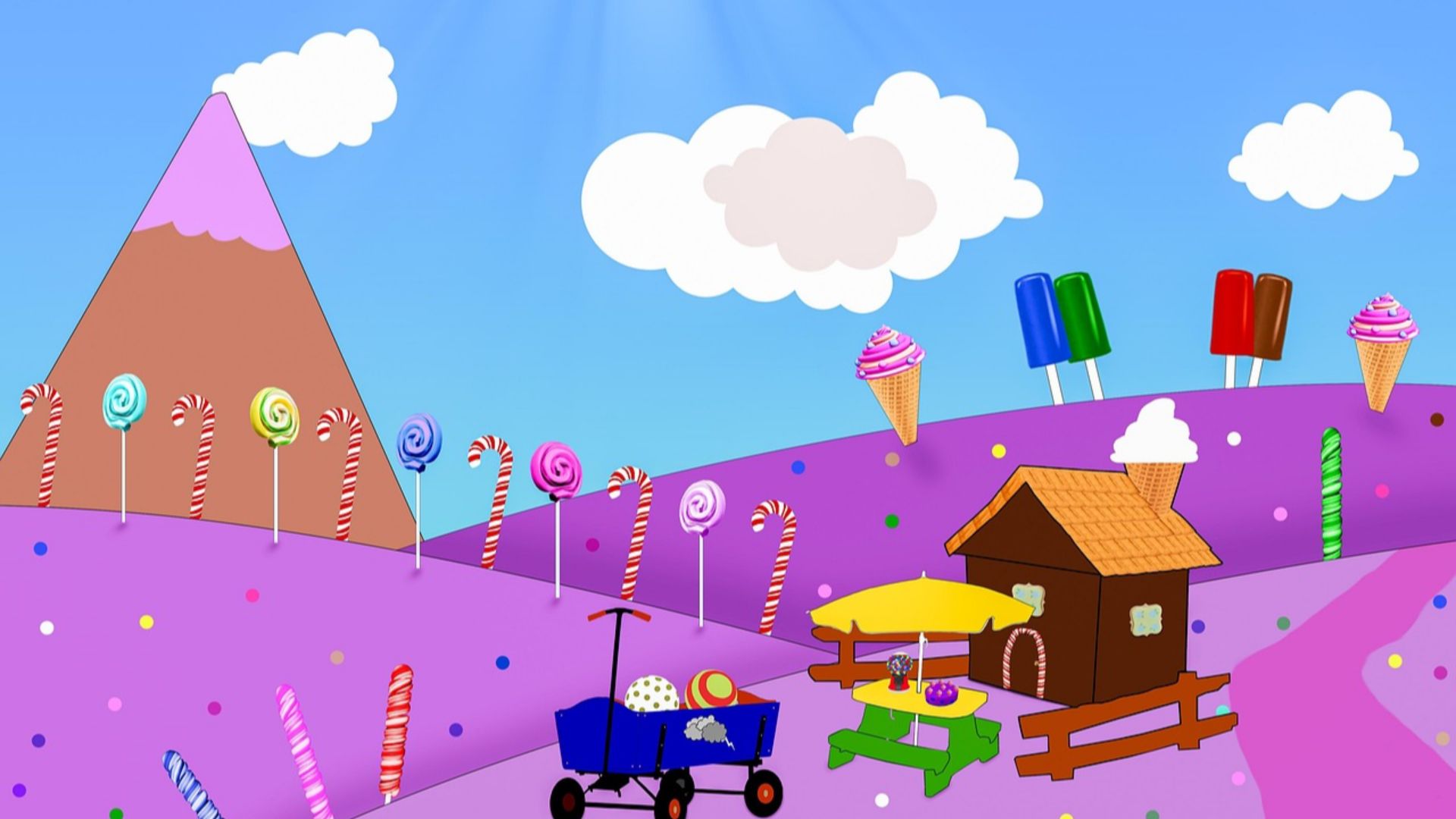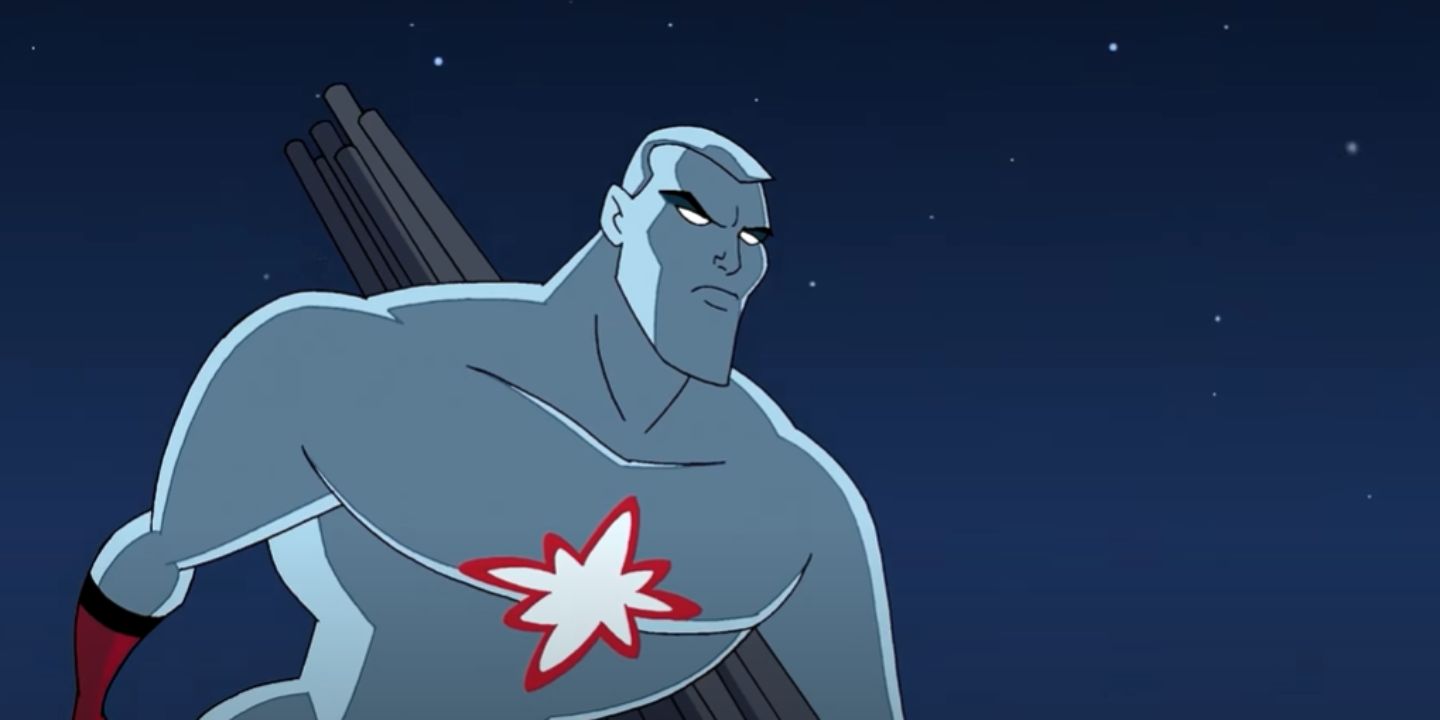When it comes to board games, Candy Land is something of a contradiction. It’s one of the most iconic board games of the 20th century and yet, one of the most boring! While everybody knows Candy Land, few people over the age of four want to play it. In fact, Candy Land is boring on purpose, and the reason why just might surprise you.
A Hospital Treat
We have one of the most dreaded diseases of the past century to thank for Candy Land: polio. While polio is almost completely eradicated today, its effects are still seen and felt. Most people who contracted the disease through contaminated water didn’t display any symptoms; others weren’t so lucky.
Polio attacks your spinal cord’s nerve cells, leading to weakness or loss of control over your muscles, most commonly your legs. Polio meant lifelong disability or paralysis for many patients. If your respiratory system was paralyzed, you were confined to an iron lung that helped you breathe.
Children were most susceptible to outbreaks, which recurred every summer like clockwork. The 1940s and 1950s saw some of the worst outbreaks in history. A vaccine wasn’t developed until 1955, when polio panic kept millions of children inside during summer for fear of public pools.
So, what does this have to do with board games?
An Unlikely Inventor
Polio didn’t skip over you the second you turned 18. California schoolteacher Eleanor Abbot was in her 30s when she contracted the disease in 1948. Surrounded by sick children, Abbott developed a game to help keep patients’ mind off their illness.
Children as young as three can enjoy Candy Land, as it requires no reading or writing and only basic counting. There aren’t any difficult rules to keep track of, nor is there any room for strategizing. All you do is pick a card and move your piece.
Sad, sick, and missing home, Abbott’s game allowed children to forget the circumstances of their confinement. Candy Land helped children socialize in a frightening environment, often far from home if they required special treatment. For the time it took to play, they were just normal kids.
And, make no mistake, Candy Land’s slow pace and monotonous gameplay are by design. Not only does the game literally allow for the fantasy of movement—something which early players were denied—but it encourages them to enjoy their time. Hospital life can be boring, filled with identical meals, physical therapy, and lots of daydreaming.
Candy Land helped players pass the time, both inside the hospital and outside of it. For children lucky enough to avoid the disease, their days were similarly monotonous. Parents were understandably protective, keeping their offspring indoors and approaching new friends with suspicion.
Eleanor Abbott sold her game to Milton Bradley company in 1949. An instant success, Candy Land hit the shelves just in time for Christmas. The original illustrations included a boy in a leg brace.
Candy Land’s Legacy
Little else is known about Candy Land’s inventor. Abbott was said to have donated her royalties to children’s charities and enjoyed her privacy. She lived for 40 more years with polio.
Candy Land couldn’t have come too soon. 1949 saw a devastating epidemic of more than 42,000 polio cases. Things only got worse; the 1952 epidemic was the worst in American history, providing the final push for a vaccine.
It’s reassuring to know, at least, that if children were kept indoors, away from their friends and the joy of play, that they had something sweet to help pass the time.









